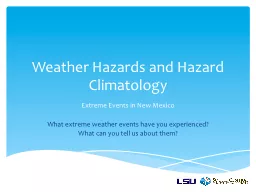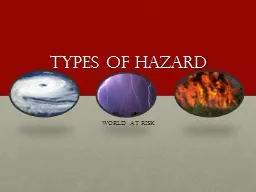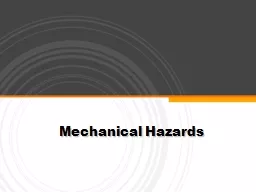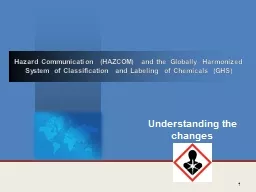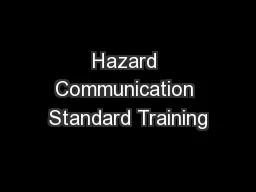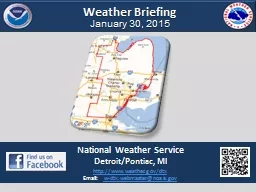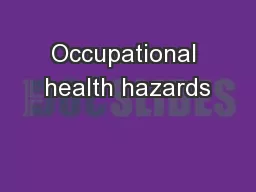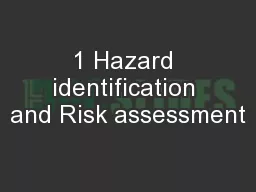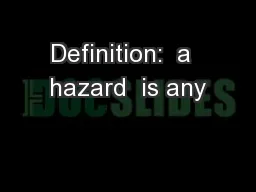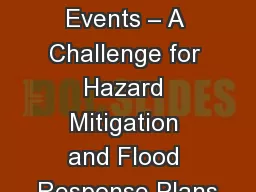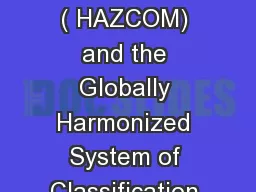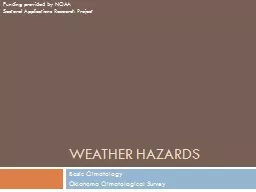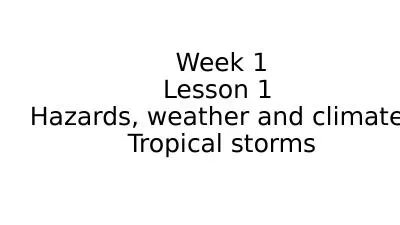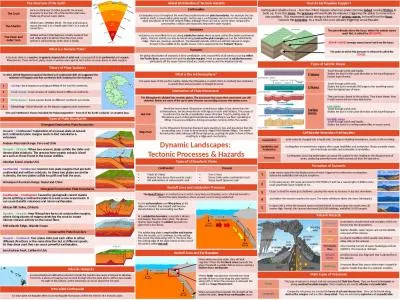PPT-Weather Hazards and Hazard Climatology
Author : conchita-marotz | Published Date : 2017-10-27
Extreme Events in New Mexico What extreme weather events have you experienced What can you tell us about them What do we mean Extreme Events Extreme Heat El Niño
Presentation Embed Code
Download Presentation
Download Presentation The PPT/PDF document "Weather Hazards and Hazard Climatology" is the property of its rightful owner. Permission is granted to download and print the materials on this website for personal, non-commercial use only, and to display it on your personal computer provided you do not modify the materials and that you retain all copyright notices contained in the materials. By downloading content from our website, you accept the terms of this agreement.
Weather Hazards and Hazard Climatology: Transcript
Download Rules Of Document
"Weather Hazards and Hazard Climatology"The content belongs to its owner. You may download and print it for personal use, without modification, and keep all copyright notices. By downloading, you agree to these terms.
Related Documents

